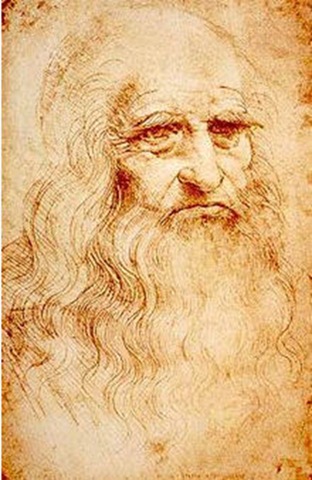Thursday, January 10, 2008
Chapter 10 Questions and Answers
Pg. 243 1-5
1. The two reasons why cells divide is because the larger cell becomes the more demands the cell places on its DNA and the more trouble the cell has moving enough nutrients and wastes across the cell membrane.
2. A cell's DNA is like books in a library because a larger cell would have to make greater demands on its available genetic "library."
3. The solution caused by cell growth is understanding the relationship between a cell's colume and its surface area.
4. The cell's volume increases more rapidly as the cell increases in size.
5. Surface Area= 96cmsquared, Volume= 64cmcubed, Ratio= 1.5:1
Pg. 249 1-6
1. The main events of the cell cycle is that a cell grows, prepares for division, and divides to form two daughter cells.
2. The four phases of mitosis are Prophase: The chromatin condenses into chromosomes. The centrioles separate, and a spindle begins to form. The nuclear membrane breaks down. Metaphase: The chromosomes line up across the center of the cell. Each chromosome is connected to a spindle fiber at its centromere. Anaphase: The sister chromatids separate into indvidual chromosomes and are moved apart. Telophase: The chromosomes gather at opposite ends of the cell and lose their distinct shapes. Two new nuclear membranes form.
3. During interphase the cell grows and replicates its DNA and centrioles.
4. Chromosomes are made up of DNA which carries the cell's coded genetic information.
5. Prokaryotic cells divide by drawinf inward until the cytoplasm in pinched into two nearly equal parts which is the proccess in cytokinesis.
6. The simliarity is that they are both seperated into two new cells and the difference is how they are split the animal cell is split when the cytoplasm is pinched and the plant cell splits from a cell plate.
Pg. 252 1-5
1. The chemicals that regulate the cell cycle are cyclins which regulate the timing of the cell cycle in eukaryotic cells.
2. Cancer cells do not respond to the signals that regulate the growth of most cells. As a result, they from masses of cells called tumors that can damage the surrounding tissues.
3. Cells respond to contact with other cells by making their neighboring cells to slow down or stop their cell cycle.
4. Cancer can be considered a disease of the cell cycle becuase they have a defect in a genewhich normally halts the cell cycle until all chromosomes have been properly replicated.
5. If cyclin was injected into a cell that was in mitosis then would cause a mitotic spindle to form because it seemed to regulate the cell cycle.
Pg. 257 1-10
1. A
2. C
3. B
4. C
5. C
6. A
7. C
8. B
9. A
10. A
Saturday, January 5, 2008
Biology Vocab



Interphase
The period of the cell cycle during which the nucleus is not undergoing division, typically occurring between mitotic or meiotic divisions.

Cell Cycle
The cycle of growth and asexual reproduction of a cell, consisting of interphase followed in actively dividing cells by prophase, metaphase, anaphase, and telophase. 
Mitosis
The usual method of cell division, characterized typically by the resolving of the chromatin of the nucleus into a threadlike form, which condenses into chromosomes, each of which separates longitudinally into two parts, one part of each chromosome being retained in each of two new cells resulting from the original cell.

Prophase
The first stage of mitosis or meiosis in eukaryotic cell division, during which the nuclear envelope breaks down and strands of chromatin form into chromosomes.
Centriole
A small, cylindrical cell organelle, seen near the nucleus in the cytoplasm of most eukaryotic cells, that divides in perpendicular fashion during mitosis, the new pair of centrioles moving ahead of the spindle to opposite poles of the cell as the cell divides: identical in internal structure to a basal body.

Spindle
Spindle-shaped structure, composed of microtubules, that forms near the cell nucleus during mitosis or meiosis and, as it divides, draws the chromosomes to opposite poles of the cell.

Metaphase
Stage in mitosis or meiosis in which the duplicated chromosomes line up along the equatorial plate of the spindle.

Anaphase
The stage in mitosis or meiosis following metaphase in which the daughter chromosomes move away from each other to opposite ends of the cell.
Telophase
The final stage of meiosis or mitosis, in which the separated chromosomes reach the opposite poles of the dividing cell and the nuclei of the daughter cells form around the two sets of chromosomes.
Cytokinesis
The division of the cell cytoplasm that usually follows mitotic or meiotic division of the nucleus.

Cyclin
A class of proteins that fluctuate in concentration at specific points during the cell cycle and that regulate the cycle by binding to a kinase.

Cancer
A malignant and invasive growth or tumor, esp. one originating in epithelium, tending to recur after excision and to metastasize to other sites.

Thursday, January 3, 2008
About Me
